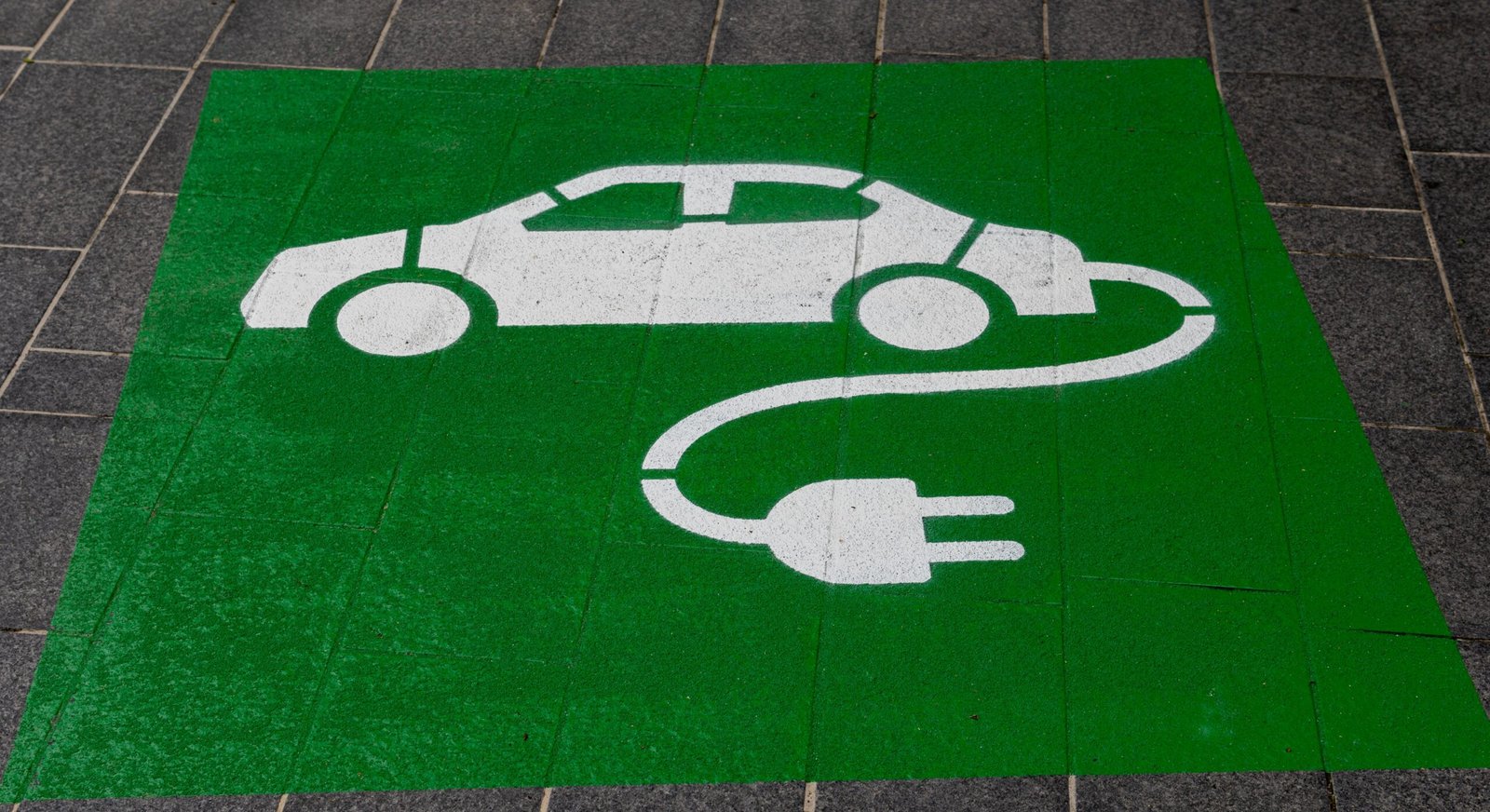Introduction
Living an environmentally friendly lifestyle is not just a trend, but a responsibility that we all share. Making conscious choices at home can have a significant impact on reducing our carbon footprint and preserving the planet for future generations. In this article, we will explore some practical products and ideas to help you make more environmentally friendly decisions at home.
1. Energy-Efficient Appliances
One of the easiest ways to reduce your energy consumption is by investing in energy-efficient appliances. Look for products with the ENERGY STAR label, which indicates that they meet strict energy efficiency guidelines. These appliances not only help you save on electricity bills but also contribute to reducing greenhouse gas emissions. According to the U.S. Environmental Protection Agency (EPA), ENERGY STAR-certified appliances can save up to 30% on energy usage compared to their conventional counterparts.
2. Smart Thermostats
Regulating your home’s temperature efficiently can have a significant impact on both your comfort and the environment. Smart thermostats, such as the popular Nest Learning Thermostat, learn your heating and cooling preferences and adjust accordingly. By optimizing your home’s temperature, these devices can help reduce energy waste and lower your utility bills. According to a study conducted by the Nest company, their thermostat saved an average of 10-12% on heating bills and 15% on cooling bills.
3. Water-Saving Fixtures
Conserving water is crucial for sustainable living. Installing water-saving fixtures, such as low-flow showerheads and faucets, can significantly reduce water consumption without sacrificing comfort. According to the U.S. Environmental Protection Agency (EPA), water-efficient fixtures can save a household up to 8,000 gallons of water per year. Additionally, consider collecting rainwater for outdoor use, such as watering plants or washing your car.
4. LED Lighting
Switching to LED (Light Emitting Diode) bulbs is a simple yet effective way to reduce energy consumption and lower your carbon footprint. LED bulbs are more energy-efficient, last longer, and produce less heat compared to traditional incandescent bulbs. According to the U.S. Department of Energy, LED bulbs use 75% less energy and last up to 25 times longer than incandescent bulbs. By making this switch, not only will you save money on your electricity bills, but you will also reduce the demand for energy production.
5. Recycling and Composting
Proper waste management is essential for a greener home. Make sure to have separate bins for recyclables, such as paper, plastic, glass, and metal. Familiarize yourself with your local recycling guidelines to ensure that you are recycling correctly. Additionally, consider starting a composting system for your food scraps and yard waste. Composting not only reduces the amount of waste sent to landfills but also produces nutrient-rich soil for your garden.
6. Sustainable Cleaning Products
Traditional cleaning products often contain harmful chemicals that can negatively impact both the environment and our health. Switching to eco-friendly and non-toxic cleaning products is a simple yet effective way to make your home more environmentally friendly. Look for products with natural ingredients and certifications such as Green Seal or EcoLogo. Alternatively, you can even make your own cleaning solutions using ingredients like vinegar, baking soda, and lemon juice.
Conclusion
Making environmentally friendly decisions at home doesn’t have to be overwhelming. By implementing these simple ideas and investing in eco-friendly products, you can make a significant difference in reducing your environmental impact. Remember, every small step counts towards a greener future for our planet.
Sources:
- U.S. Environmental Protection Agency (EPA) – www.epa.gov
- U.S. Department of Energy – www.energy.gov
- Nest – www.nest.com
- Green Seal – www.greenseal.org
- EcoLogo – www.ecologo.org
